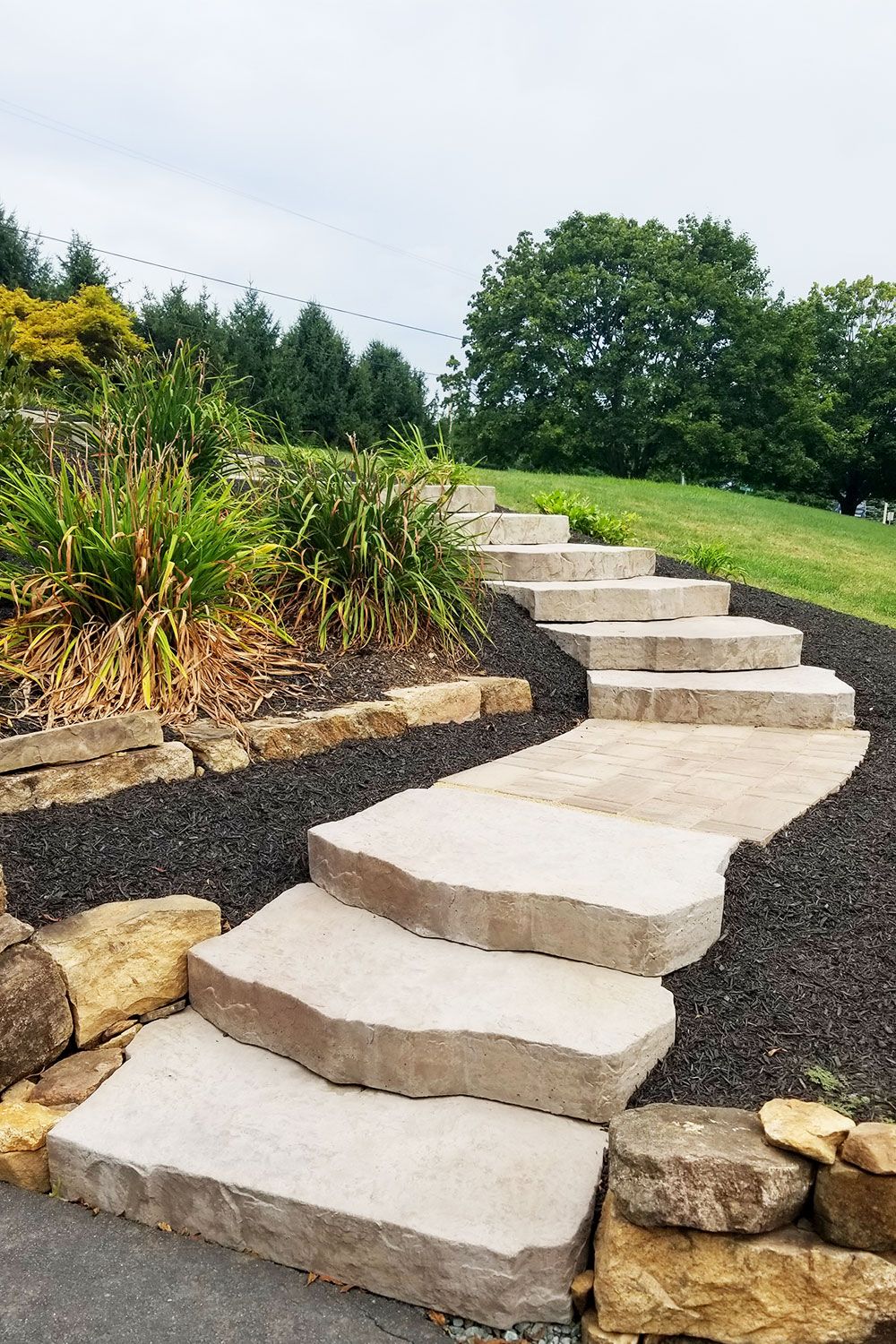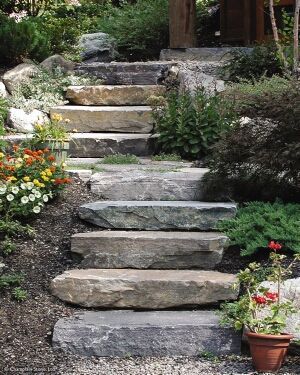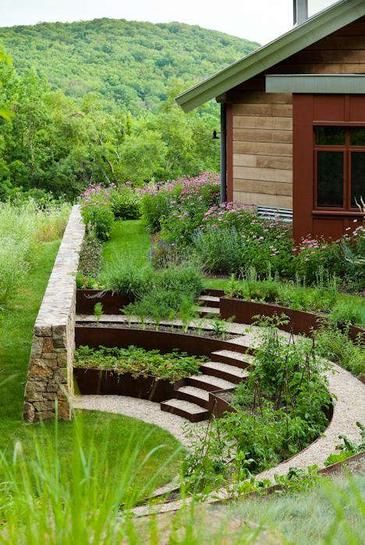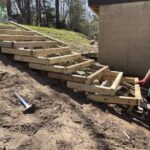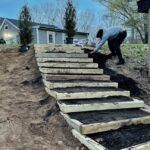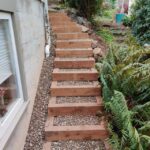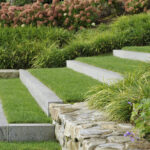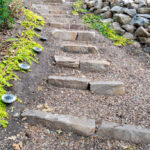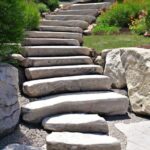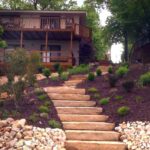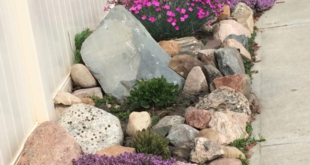Landscaping a sloped area can be challenging, but with the right techniques and tools, you can create a beautiful and functional outdoor space. Here are some steps to help you tackle landscaping on a slope.
The first step in landscaping a slope is to evaluate the site and determine the degree of slope. This will help you determine the best plants and materials to use in your landscaping design. Consider the soil quality, water drainage, and sunlight exposure of the slope to make informed decisions about what will thrive in that environment.
To prevent erosion and water runoff, it’s important to install retaining walls or terraces on the slope. Retaining walls can be made from a variety of materials, such as stone, brick, or timber. Terraces can also help control water flow and provide flat areas for planting gardens or other features. These structures not only add visual interest to the slope but also help stabilize the soil.
When planting on a slope, it’s important to choose plants that are well-suited for the conditions. Plants with deep root systems, such as shrubs and trees, can help stabilize the soil and prevent erosion. Groundcovers like creeping juniper or ivy can also help control erosion and add texture and visual interest to the slope.
Another important consideration when landscaping a slope is irrigation. Watering plants on a slope can be tricky, as the water may run off before it has a chance to soak into the soil. Installing a drip irrigation system or using soaker hoses can help deliver water directly to the roots of plants, reducing waste and preventing erosion.
Incorporating hardscaping elements, such as pathways, stairs, and seating areas, can help make the slope more accessible and functional. Pathways can provide a safe and stable walking surface, while stairs can help navigate steeper areas. Adding seating areas, such as benches or outdoor seating, can create gathering spaces and enhance the enjoyment of the landscape.
Overall, landscaping a slope requires careful planning and consideration of the unique challenges presented by uneven terrain. By following these steps and working with the natural contours of the land, you can create a beautiful and functional outdoor space that enhances the overall aesthetics of your property.
